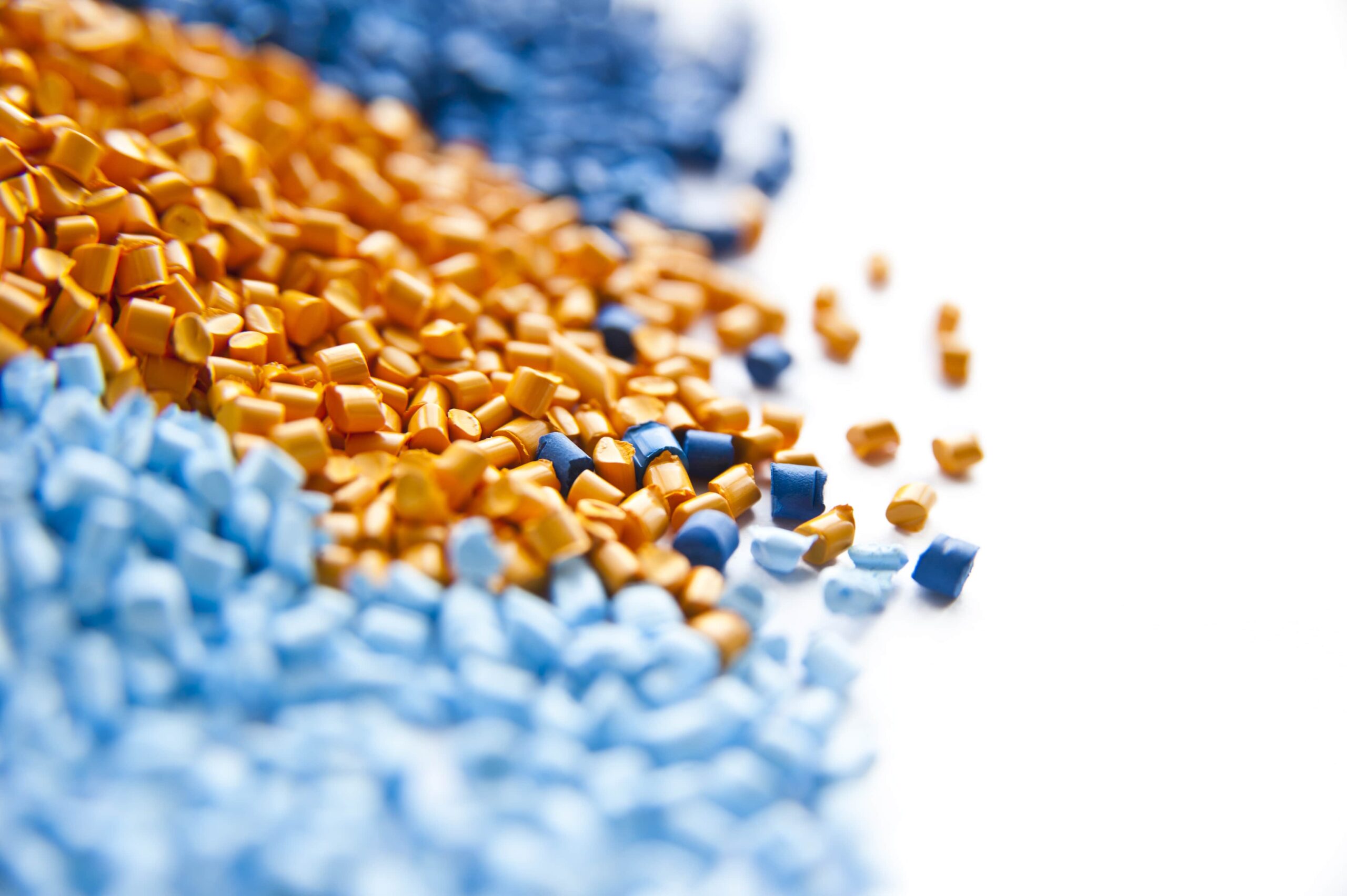Polyethylene Materials
The arrangement of branches in the polyethylene chains influences the material’s density and other properties. There are two types of branching for PE: short-chain branching (SCB) and long-chain branching (LCB). HDPE is primarily linear with a lower percentage of SCB. In contrast, LLDPE exhibits a higher percentage of SCB compared to HDPE, allowing for multiple branches.
Conversely, low-density polyethylene (LDPE) possesses both long and short branches in its structure. The presence of these branches leads to a lower density in LDPE. The higher the percentage of SCB in LDPE, the lower its density.
Production Process
HDPE is produced through the polymerization of ethylene, which can be derived from various sources, including natural gas or naphtha. Depending on the desired density and polymer type, ethylene undergoes polymerization under specific temperature and pressure conditions.
The process of ethylene polymerization is generally categorized into low-pressure and high-pressure methods. HDPE is primarily produced through low-pressure polymerization.
Low-pressure polymerization:
- Produces both LLDEP and HDPE
- Operating pressure ranges from 10 to 80 bar
- Operating temperature ranges between 70 and 1000 degrees Celsius
- Various catalysts, including Ziegler/Nata, chromium oxide/molybdenum, and metallocene, can be employed.
History of HDPE
HDPE was first discovered in 1951 and commercially produced in the mid-1950s utilizing solution and slurry methods. The gas-phase method for producing high-density polyethylene was introduced in 1968. In the subsequent section, we’ll delve into the benefits and applications of HDPE.
Advantages:
- Cost-effective
- Excellent impact resistance
- Moisture-resistant
- Strong chemical resistance
- Available in food-grade options
- Compatible with rapid processing using various thermoplastic methods
Applications:
HDPE is widely utilized in the production of plastic bottles, shopping bags, toys, pipes, and much more.

